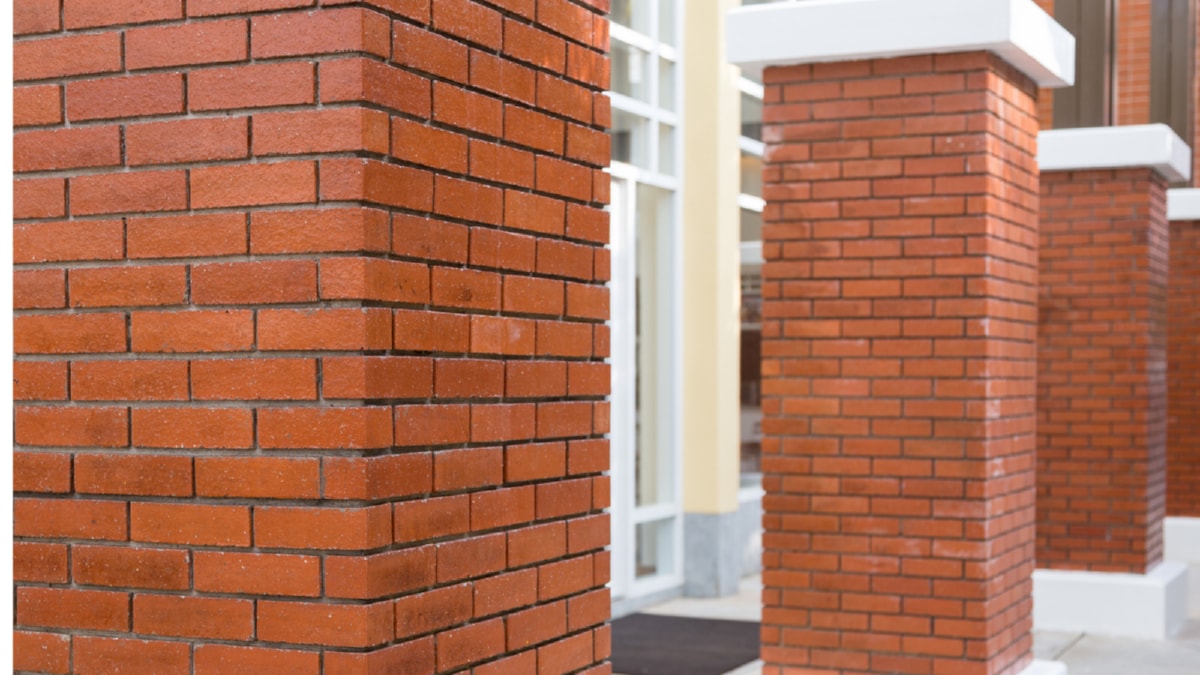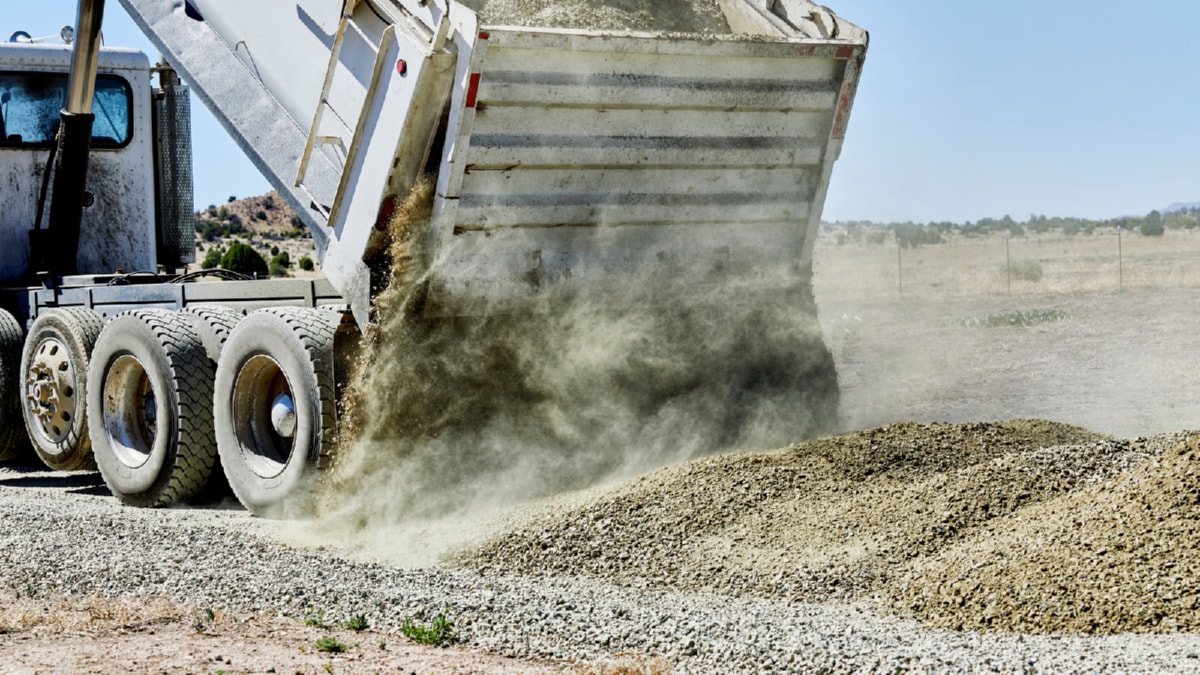Knowing How Home Construction Works
Building a house is no small feat. It involves a series of processes, all of which need to be executed with utmost precision to achieve the desired outcome. Before starting your home construction, it’s essential to understand the different stages of construction.
The initial phase involves site preparation and foundation laying. The land is cleared of trees and debris, and the foundation of the house is laid. Depending on the type of house, this could be a concrete slab, a crawl space, or a full basement.
Next, the house frame is erected. This forms the skeleton of the house, providing support for the walls, roof, and ceilings. It is at this stage that the house begins to take shape.
After the framing is in place, the exterior walls and roof are constructed. These act as a protective shell, shielding the interior from the elements.
Then, the interior of the house is finished. This includes installing drywall, painting, laying flooring, and fitting fixtures. The house is now ready for occupancy.
Throughout this process, it’s crucial to work with a trusted contractor and to ensure that all work is done to code. This will ensure that your home is safe, durable, and built to last.
Eco-friendly Construction: The Way Forward
Green building is rapidly becoming the norm in the construction industry. This approach focuses on creating structures that are environmentally responsible and resource-efficient.
A vital element of green building is the use of sustainable materials. These are materials that are either recycled or have a minimal impact on the environment in their production and use. Examples include bamboo, recycled steel, and green concrete.
Another important aspect is energy efficiency. This can be achieved through the use of energy-efficient appliances and systems, and the incorporation of renewable energy sources like solar panels.
Additionally, green buildings often have water-saving features such as rainwater harvesting systems and efficient plumbing fixtures.
Environmentally friendly construction is not just beneficial for the environment, but also for the occupants of the building. It leads to healthier indoor air, lower energy bills, and can even boost property values. It’s clear that green building is the future of construction.
Regardless of whether you’re building a new home or renovating an existing one, understanding the process and considering green building practices can make a significant difference. You’ll end up with a home that’s not only beautiful and functional, but also sustainable and future-proof.
For more details, check best Insulation Solutions in Waterford or visit their Insulation Services Waterford business listing here.




